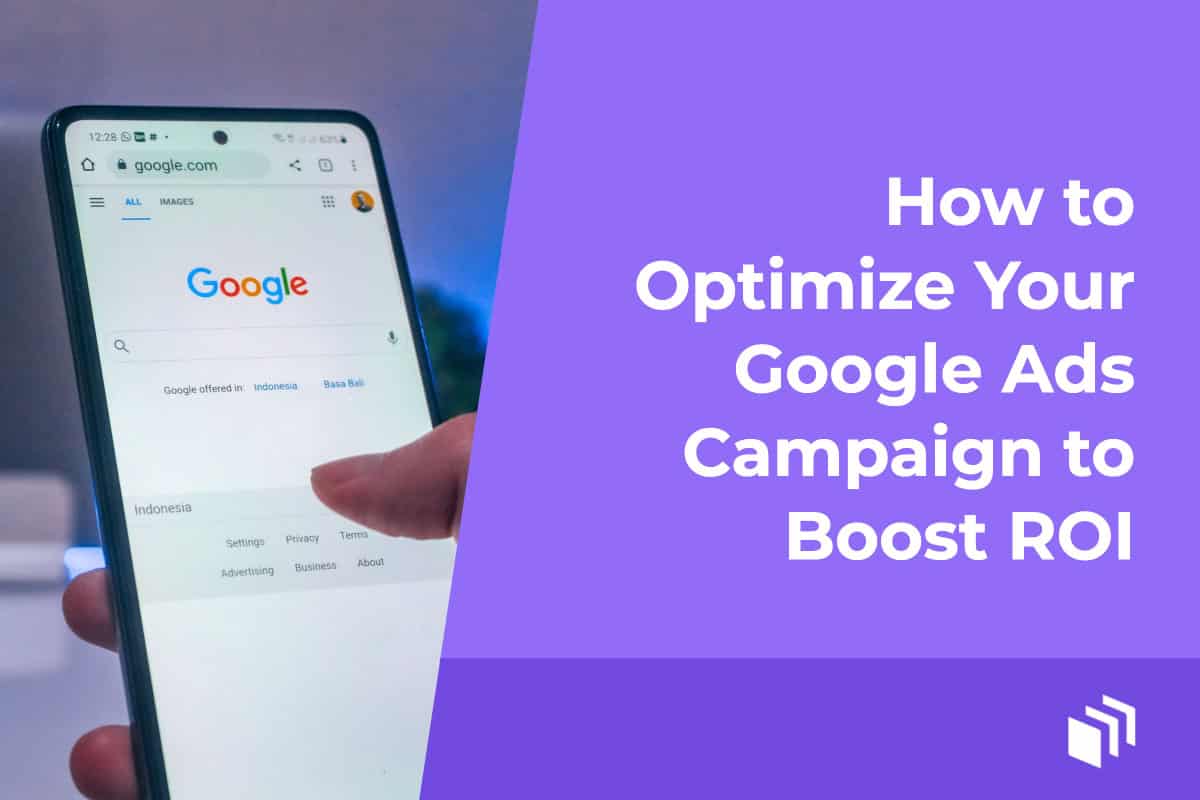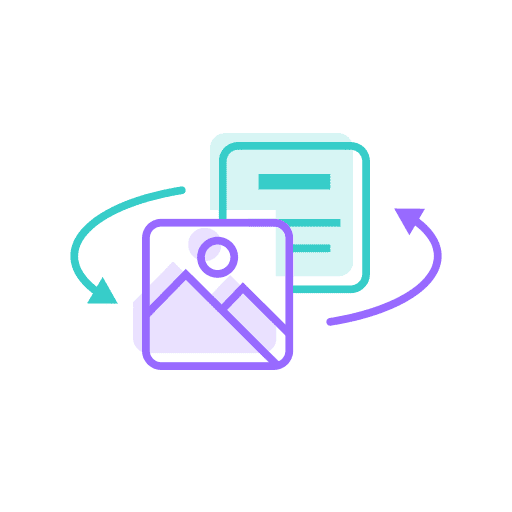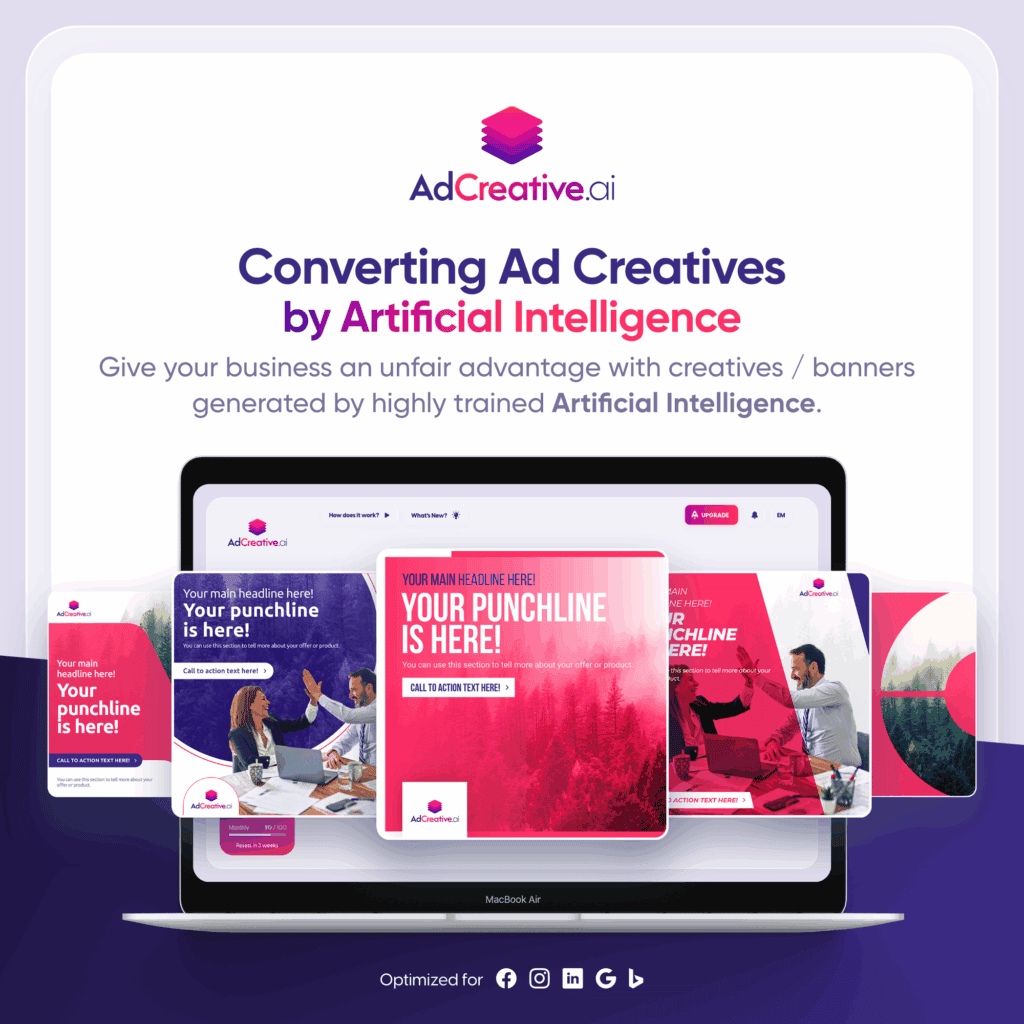How to Optimize Your Google Ads Campaign to Boost ROI

Google dominates online. Its Chrome browser accounts for over 2/3 of total browser use globally. Its search is so dominant it has become a verb, with people telling you to “just Google it.”
So, it’s no surprise that Google Ads similarly dominates in the online advertising space. Who wouldn’t want to advertise on the most popular search engine in the world directly where your customers are searching for products and services?
According to Google, Google Ads “allows you to take advantage of the benefits of online advertising: show your ads to the right people, in the right place, and at the right time.” When used correctly, Google Ads is a powerful marketing tool capable of cutting through online noise to find you the exact right lead.
But now that more businesses use Google Ads, prices and competition are rising. It’s not enough to run an advertising campaign on Google Ads and sit back to wait for visitors to come in. Now, you need to know how to optimize your Google Ads campaign to boost your ROI and improve your performance.
Knowing how to optimize your Google Ads campaign to boost your ROI can sometimes feel overwhelming. After all, there are people whose entire careers revolve around placing and studying Google Ads.
Don’t worry. That’s what we’re here to help you with. Yes, there are some highly competitive industries with massive ad bid amounts. But, if that were your industry, you’d already know it and have a person in place. For the rest of us, a little insight and a few helpful tips will help focus on your target audience and boost the ROI of your Google Ads campaigns.
Optimize Your Website
There’s little point in spending money on Google Ad campaigns if your website is not in order. That would be like handing out free samples outside of a closed shop front. Start by checking your page load times and user experience. Is your site fully mobile-ready? 79% of visitors will look for another option in your competition if your mobile experience is lacking.
With Google Ads, you pay for the click, regardless of whether the person immediately leaves your page after clicking on an ad. So, ensure your website is fully optimized and ready to convert before running any campaigns.
Create Custom Landing Pages
This tip is recommended by Google, so it’s worth paying attention to. When you develop your Google Ads, you want to drive a specific action from the user, like clicking through to a page. Once the person has clicked, the ball is in your hands as a business to convert that click. You want the user’s experience to be laser-focused on the next action you want them to take.
That’s where custom landing pages come in. With a custom landing page, the visitor won’t be distracted by any superfluous elements on the page. They’ll take the next action you’ve decided for them, like signing up for an email newsletter, checking out a new product, etc.
Align Keywords to the Buyer’s Journey
This tip goes along with creating custom landing pages. To get a better return on your investment in Google Ad purchases, you need to know where the person is in their buying journey based on how they search. What do we mean? Depending on your industry and product, some search phrases will represent different phases in the customer buyer’s journey – and your landing page should reflect this knowledge.
The buyer’s journey process includes:
- Awareness – make them aware of the problem your product solves
- Consideration – nudge them along with discounts or final persuasion to tip the scales
- Decision – show that you know the buyer has done their research and is ready to buy
Building specific landing pages and action steps around the buyer’s journey will help you optimize your Google Ads campaign to boost ROI.
Find Less Expensive Clicks
This seems obvious, but you may be surprised. When most people start with Google Ads, they feel like the only way to be seen is to pay a ton for every high-value keyword. This is because many gravitate towards the obvious “high value” keywords. Many will fall into feeling that competing for expensive keywords is the only way to find success with their online marketing efforts. Unfortunately, not every click will convert to a paying customer, so chasing these types of ads can be an unnecessary waste of your limited resources.
Instead, try researching less competitive keywords. Many similar or parallel keywords cost less per click and could offer a more direct line to your target audience. This takes time and effort, but is worth it in the long run if you end up with more conversions with less spend.
Use Negative Keywords
Like the above, using negative keywords is another way to lower your spending to improve your Google Ads campaign ROI. Google Ads gives you access to most of the web traffic in the Western world. That’s a powerful reach. But most of those people aren’t your target audience. Sometimes, you need to know who you don’t want as much as who you do.
For example, you run a boutique, high-cost agency specializing in high-net-worth companies. You’ve reached a point where you can be selective about the types of clients you work with. There’s little point capturing searches for “cheapest agency” or “budget agencies near me.” When you don’t exclude some results from your Google Ads, you pay for the click, regardless of whether they can possibly convert. So, the better you know your audience and what kinds of searches to avoid, the more you can boost your Google Ad campaign ROI.
Keep Optimizing
Google Ads is a powerful tool for online marketing. And one that is constantly changing and evolving. When you start, throw some keywords into the mix, set a budget, and see what you get.
But as you grow and mature in your Google Ad campaign management, dig into the analytics to study what your customers are doing. You’ll not only find ways to optimize your Google Ads campaign to boost ROI, but you’ll also learn more about your customers – what motivates them, where they’re at in their journey, and who exactly your ideal customers truly are.
Remember that Google Ads should be simply one part of your online advertising and marketing toolset. Don’t neglect to nurture your organic traffic growth and paid campaigns. You want multiple streams of traffic feeding into your site – preferably more that don’t cost you.
Getting Started With Google Ads?
Once you start getting visitors, it’s common to think of monetizing your website by hosting your own ads. If you’re just getting started with Google Ads, try using AdSanity to place ads on your site. AdSanity helps you get up to speed with Google Ads quickly. You can install and place an ad in minutes. As your site grows, it can scale with you thanks to our add-ons to support your advertising needs.
Ready to get started?
There are licenses available for all types of sites needs needs.
Find the AdSanity tier that is right for you.
Want to give AdSanity a try?
Find the plan that fits your site and jump in.
Ready to make your ads work for you?
Pick the plan that fits and get started.
Let’s get your ads running.
Choose the plan that works best for you and start today.
Time to take control of your ads.
Find your perfect plan and go for it.
Ready to Make Money With Your Site?
Get ads on your site in
60 minutes or less
with AdSanity.
With our 14-day money back guarantee, it’s easy to see if AdSanity is the right fit for you.
Tags
Popular Pro Add-Ons
Our Community
Join our mailing list to keep up to date on everything happening with AdSanity and Pixel Jar.
Note: Your email address will be added to our CRM and be used to receive emails from Pixel Jar. You can unsubscribe at any time.




